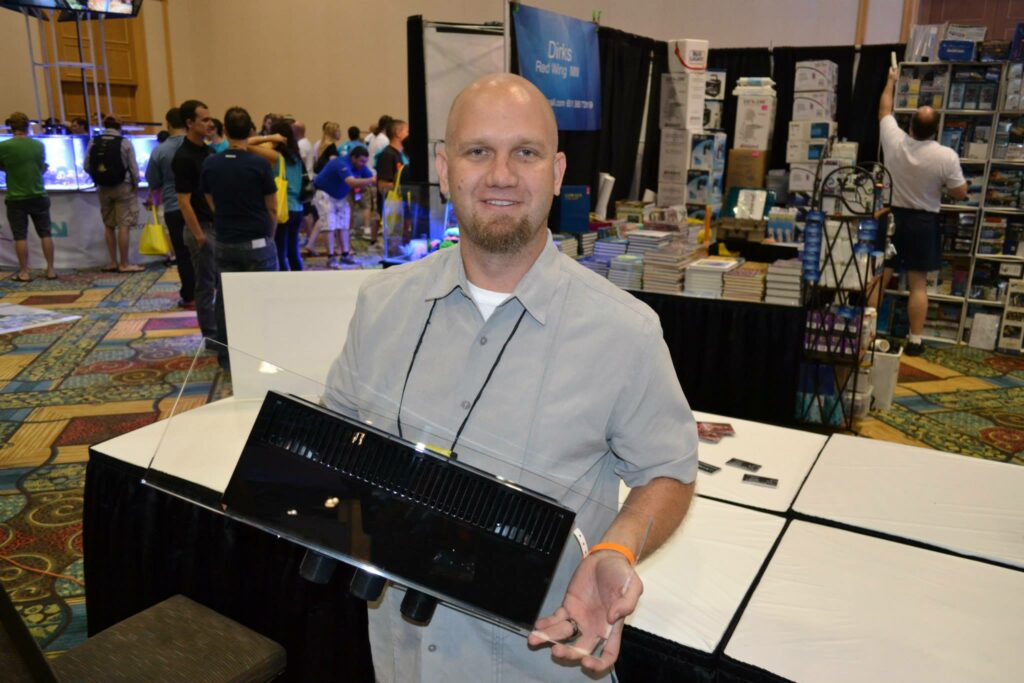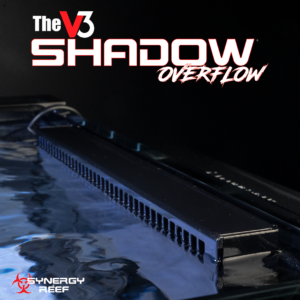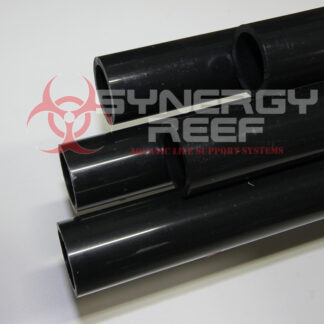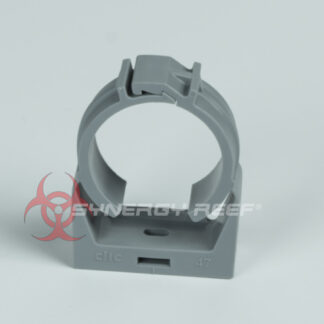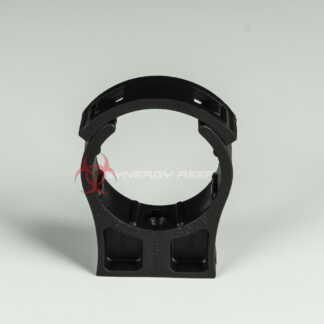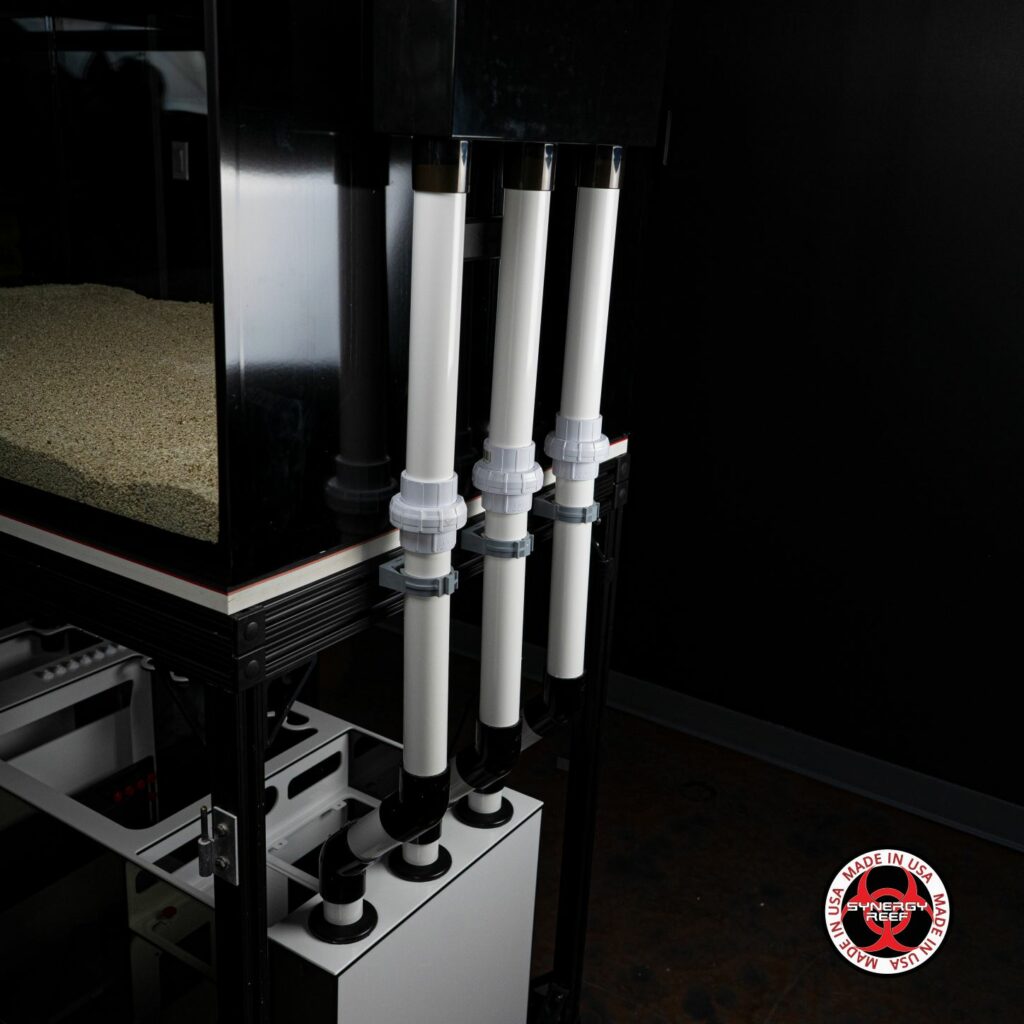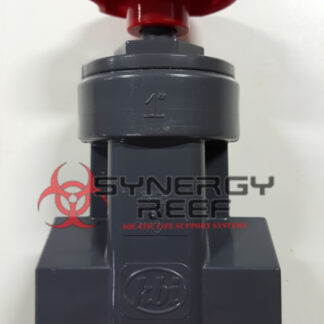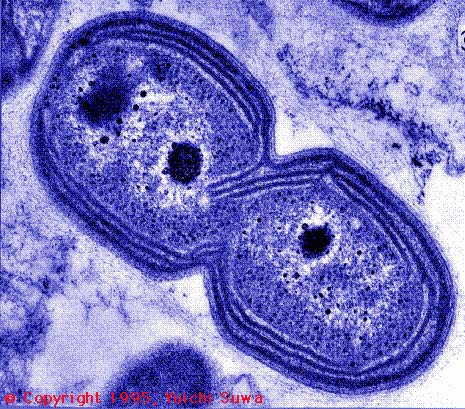
What is an Overflow Box?
An overflow box serves the purpose of draining water from your display aquarium into your aquarium sump or filtration system. It typically comprises a weir and drainpipes designed to efficiently redirect water out of your tank and into the sump. The installation of overflow boxes can be undertaken either by the aquarium manufacturer or as an aftermarket addition by the end user.
Overflow boxes come in two main types: internal and external. An internal overflow box is situated inside the aquarium, often built by the tank manufacturer. However, these internal boxes can be large and bulky, occupying valuable space within the aquarium. In response to this, there has been a shift towards external overflow systems, which are located outside the aquarium. This design choice allows for more space within the aquarium, promoting a cleaner and less obstructed aesthetic.
An excellent example of an external, low-profile overflow system is our Shadow® Overflow, which not only effectively drains water but also minimizes the impact on the overall appearance of your aquarium and is virtually silent.
The Shadow® Overflow is a self install kit that allows anyone to add an overflow system to virtually any aquarium themselves. Whether you are having a custom aquarium built or want to buy one at a local pet store, you can use the Shadow® Overflow for your tank!
Why the Shadow® Overflow was developed?
More than 15 years ago, Synergy Reef embarked on a journey to revolutionize the aquarium industry by developing an overflow system that catered to the discerning needs of avid hobbyists. Our goal was to create a system that embodied the following key attributes:
- Small Footprint in the Aquarium: We prioritized a design that minimizes space consumption within the aquarium, ensuring a sleek and unobtrusive presence while maximizing the aquatic display.
- Low Noise Levels: Recognizing the importance of a tranquil aquatic environment, we focused on crafting an overflow system that operates with minimal noise, allowing enthusiasts to enjoy their aquariums without disruptive sound interference.
- Ease of Installation: Streamlining the installation process was a core objective. Our aim was to provide hobbyists with a user-friendly system that facilitates straightforward setup, ensuring a hassle-free experience from the outset.
- Ease of Maintenance: Acknowledging the significance of aquarium maintenance, we aimed to develop an overflow system that simplifies the upkeep process. Easy access and uncomplicated maintenance procedures were integral to our design philosophy.
Through years of dedication and passion, Synergy Reef has endeavored to meet and exceed these criteria, resulting in an overflow system that enhances the overall aquarium experience for hobbyists worldwide.
The History of the “Ghost” Overflow
Driven by a discerning need unmet by existing market offerings, Rick Lowe embarked on a rigorous journey to conceive and develop a proprietary overflow solution. Over an intensive period of 2-3 years dedicated to research and development, he successfully crafted a design that impeccably aligned with our specific requirements for an overflow system.
In 2013, we proudly introduced the inaugural version of our overflow, aptly named the “GHOST,” tailored for Reef Savvy. This momentous release marked a collaborative effort showcased at MACNA (Marine Aquarium Conference of America) 2013 in Miami, underscoring our commitment to innovation. The Ghost, originally a substantial 24″ wide overflow, demonstrated commendable performance for a BETA product, yet Rick Lowe identified areas for enhancement. Here is a article that was written about that first “”Ghost Overflow” that we designed and built https://aquanerd.com/2013/09/reef-savvy-ghost-overflow.html
Contrary to conventional wisdom favoring larger overflows, we recognized that they fell short of our paramount criterion: maintaining a “Small Footprint in the aquarium.” Simultaneously, our Synergy Reef 16″ overflow made its debut at MACNA 2013, with Rick proudly presenting the first prototype (See Photo below). In a strategic decision, we amicably parted ways with Reef Savvy, redirecting our focus towards refining our proprietary overflow design and engaging directly with our customers to provide the best experience.
Centered on perfecting the smaller 16″ version, we unveiled the “16” Synergy Reef Overflow” in 2014, embodying a culmination of our dedication to precision engineering. We no longer produced the 24″ Ghost, as we knew the overflow could be smaller with the same performance. Concurrently, we expanded our product line to include a 20″ Synergy Reef Overflow equipped with 1.5″ drains, catering to larger tanks and optimizing flow dynamics.
The Shadow® Overflow was born!
Moving Forward to 2016: The Birth of the Shadow® Overflow
Now, let’s fast forward to 2016. After putting our 16″ Synergy Reef Overflow through over 5 years of rigorous testing and with over 2000 units in service, we decided it was time to up the ante. We teamed up with tool designers and fluid dynamic engineers to create something special – the Shadow® Overflow. Instead of the old-school method of handcrafting and gluing flat acrylic stock together, we switched to using injection molds. This process makes parts that fit together perfectly, bringing a whole new level of precision to our overflow systems. This also allowed us to design components that you cannot build with flat acrylic pieces.
Distinguishing the Superiority of the Synergy Reef Shadow® Aquarium Overflows
While it may seem that all aquarium overflows share the common function of draining water from the display into the aquarium, it is crucial to recognize the significant disparities among them. The success of our renowned Shadow Overflow has led to the emergence of numerous imitations in the market. Although these copycat products may bear a visual resemblance, it is imperative to emphasize the substantial differences in their design, build quality and performance.
We deliberately refrain from association with major online retailers, as our commitment extends beyond mere profit considerations. Our observation reveals that these platforms often prioritize financial gains over delivering the finest products to customers. Unfortunately, many “Copy Cat” products flood these online marketplaces, jeopardizing the authenticity and quality that discerning hobbyists deserve.
In our unwavering pursuit of excellence, we have chosen a distinct path. By selling directly to you and through a carefully selected group of resellers, we ensure that you receive the absolute best aquarium overflow at the most competitive price. This commitment is grounded in our dedication to providing aquarium enthusiasts with a superior and authentic product, transcending the compromises often associated with copycat alternatives.
Now, let’s talk about the Shadow® Overflow itself. While there are different types of overflow systems out there, like Durso, Herbie, and Bean Animal, we’ve taken a unique approach. We like to call it a “Modified Full Siphon,” borrowing bits from a few different methods, especially the Bean Animal. It’s similar but with our twist, optimizing how it works for your aquarium. And here’s the kicker – the Shadow Overflow is a universal overflow that can be configured in any of the above setups. It’s all about giving you the flexibility to make it work seamlessly with your aquarium.
The Shadow® Overflow has been through a few version changes since it’s introduction. We have made some major changes the the initial design and have made it even better. We are currently on V3 which can be found here Synergy Reef Shadow V3 Overflow
Here is a write up from Reef Builders about the Shadow® Overflow https://reefbuilders.com/2016/10/10/slim-overflows-are-taking-over-from-reef-ready-aquariums/

